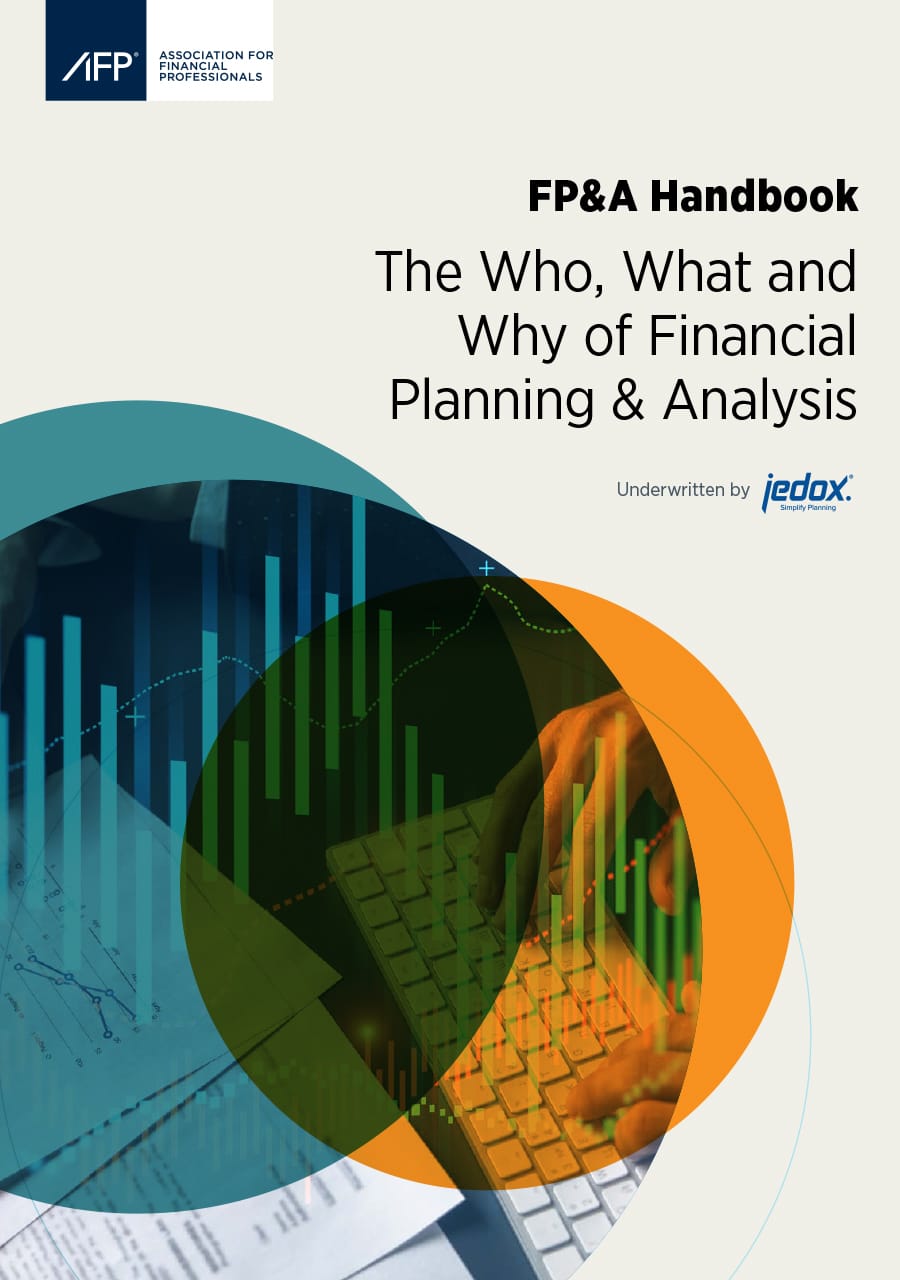
Building resilience with strategic working capital management
Working capital indicates how readily organizations can withstand disruptions and uncertainty, such as economic downturns, inflation, and recession. Teams with a strong cash management culture are well positioned to meet those sudden challenges, according to EY research.1 The current macroeconomic environment requires finance teams to take a deeper dive into working capital to mitigate near-term liquidity risk and position their balance sheets for long-term growth opportunities.2 Confident decision-making based on accurate data is especially critical during inflationary periods when costs fluctuate unexpectedly.
What is working capital?
Working capital is the amount of money organizations have on hand for short-term expenses. It is calculated by subtracting current liabilities (e.g., wages, accounts payable, and debts) from current assets (e.g., cash, accounts receivable, and inventory). These individual values fluctuate and are captured on the balance sheet. Positive working capital indicates the organization can fund its operations and invest in future growth.
Working capital vs. cash flow
Together, cash flow and working capital tell a story about an organization’s overall financial health and potential for future growth. While working capital represents the ability to pay short-term debts, cash flow represents all cash flowing in and out of the organization during a specific time frame. Changes in working capital are reflected in an organization’s cash flow statement.
Working capital forecasting
Working capital forecasting involves making assumptions about the future, which becomes nearly impossible in times of uncertainty. Although historical data is valuable, teams must consider additional internal and external factors such as customer churn, supply chain disruption, rising interest rates, and inflation. These predictions help identify months in which the organization may have more money going out than coming in, so teams get a clearer picture of how much working capital will be on hand at a certain point in time.
Working capital management for inflation
Organizations can uncover opportunities and build resilience by actively managing working capital and preparing for challenging market dynamics, such as inflation. When organizations focus on their ability to meet inflation-driven changes, events, and challenges, they can release cash and maximize purchasing power as inflation unfolds. An organization’s focus on its working capital process to minimize the cash conversion cycle can serve as a competitive advantage and reduce the impact of external factors.3
Working capital management is not a one-time event, but an ongoing effort to increase the availability of cash and protect organizations from economic volatility. Teams should track the lagging indicator of the inflation rate, major price indices, and even real-time cost fluctuations for oil, electricity, and raw materials, focusing on the most impactful metrics for the organization and its customers. This process will deliver early warnings that inflation will breach their confidence interval. Long before the final inflation number is available, teams can establish plans and determine how they will respond.4
Benefits of working capital and cash management
According to an EY-Parthenon analysis, organizations with a cash-conscious culture and strong working capital management are better equipped to handle disruption and outperform the competition. Those with strong working capital capabilities are 19% more resilient in the face of business shocks than their low-performing peers and 21% better at limiting initial shocks in the first place.1
Cash-efficient organizations are better able to withstand financial downturns, supply shortages, and industry-specific challenges, and therefore have more options when downturns occur.1 This is because their strong balance sheet enables them to access credit when needed. These organizations benefit by being able to absorb shocks without having to make difficult choices, such as laying off employees.
Those with strong working capital capabilities are 19% more resilient in the face of business shocks and 21% better at limiting initial shocks in the first place.
– EY-Parthenon, How to drive operational resilience with better cash management, 2022
How to optimize working capital management
Many organizations understand the significance of working capital but fail to manage it strategically. Deloitte recommends that finance teams should look beyond cost-cutting and form a holistic planning strategy that promotes tactical actions to achieve long-term objectives, such as boosting margins, increasing cash flow forecasting accuracy, and improving working capital cycles.2 This integrated approach can help finance leaders build resilience that enables even large, complex organizations to pivot quickly. A weekly, direct cash forecasting model that feeds into quarterly projections can provide valuable granularity, transparency, and accountability. This level of detail enables organizations to not only monitor cash but also anticipate liquidity needs and identify working capital inefficiencies.2
Integrated business planning (IBP) solutions enable teams to simplify cash and working capital management – a complex task that involves integrating data from multiple sources across the organization. Jedox simplifies the process by automatically calculating values from profit and loss statements and balance sheets. This enables finance teams to track metrics in real time and spot potential issues before they arise. Teams can use predictive forecasting to incorporate internal and external drivers such as inflation rates, interest rates, and operational expense fluctuations.
Finance teams can use IBP to:
- Increase efficiency: cash flow mapping saves time by integrating data from multiple sources to build cash flow statements automatically – no manual tasks are required. Set up mapping once and the process becomes automated
- Leverage forecasting: Jedox AIssisted™ Planning engine drives actionable insights with predictive forecasting and scenario planning. Teams can quickly identify internal and external drivers that result in the greatest impact to the business
- Get clear insights: transparent, on-demand machine learning supports confident decision-making. Quickly test a hypothesis and make informed decisions based on traceable, transparent results and predictions that teams can trust
- React to accurate data: inaccurate assumptions can lead to discrepancies between forecasted and actual data. Jedox software drives cross-organizational plans that mirror the unique contours of each business, so teams can react quickly to changes5
Conclusion
Continuous planning and strategic working capital management is critical as organizations navigate ongoing volatility. However, actionable insights and confident decision-making are only possible when teams work with accurate, real-time data. Finance teams that leverage powerful automation, predictive forecasting, and scenario planning solutions to react quickly to changes will be in a better position to not only sustain shocks but also drive growth and build resilience for the future.
1 EY-Parthenon, How to drive operational resilience with better cash management, 2022
2 Deloitte, Managing liquidity before inflation heats up, 2023
3 Deloitte, Manage cost, cash, working capital to help tame uncertainty, 2023
4 Anders Liu-Lindberg, LinkedIn article, Is it time for finance to stop cashing in on working capital, 22 April 2021
5 ChatGPT





